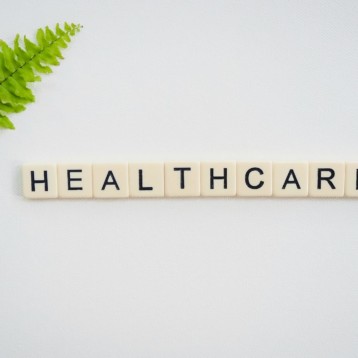Researchers from the North Carolina State University have modified a common plant virus to deliver drugs specifically into cancer cells without harming the surrounding tissue. This discovery could increase the effectiveness of chemotherapy as well as reduce the side effects of the treatment.
|
Viruses are often used for the delivery of therapeutic drugs and recently the creation of tiny medical “smart bombs” has become one of the hottest areas of research in nanotechnology. These bombs are able to attach themselves to specific cells and deliver a chemical substance. While such devices would be useful to treat a variety of disease, they are usually used to fight cancer.
The research in question was done in collaboration between Drs. Stefan Franzen, professor of chemistry, and Steven Lommel, professor of plant pathology and genetics. They utilized the special properties of a common and non-toxic plant virus as a means to deliver drugs to the target cancer cells.
The collaborators note that the virus they used is appealing in both its ability to survive outside a plant host and its built-in “cargo space” of 17 nanometers, which can be loaded with chemotherapy drugs and directed to tumor cells. The researchers have attached small proteins, called signal peptides, to the virus. These peptides caused the virus to target cells with specific receptors on their surface; for example, cancer cells. The same signal peptides also act as “passwords,” when they attach to the receptors and allow the virus to enter the cancer cell, where it unloads the drugs which destroy the cell.
“We had tried a number of different nanoparticles as cell-targeting vectors,” Franzen says. “The plant virus is superior in terms of stability, ease of manufacture, ability to target cells and ability to carry therapeutic cargo.”
The key to keeping the virus’ cargo enclosed is calcium. Calcium levels in the bloodstream are relatively high and the cargo is safe within the virus. However, inside individual cells the calcium level drops and this allows the virus to open and release its baggage only in the targeted cancer cells.
“Another factor that makes the virus unique is the toughness of its shell,” Lommel says. “When the virus is in a closed state nothing will leak out of the interior and when it does open it opens slowly, which means that the virus has time to enter the cell nucleus before deploying its cargo, which increases the drug’s efficacy.”
The most critical stage in attacking cancer cells is to identify specific cancer markers in order to harm only malignant and not healthy cells. However, this seems to be the bottle neck of the technology, as finding proper marker proteins is proving to be tricky and much more research is needed.
TFOT has recently covered several stories that described ways of “smart bombing” cancer, including an article covering scientists from the California NanoSystems Institute and Northwestern University that have developed a nanovalve that releases drugs under specific conditions. Another TFOT related story is an extensive overview of advanced new technologies that are used in the battle with cancer.
For more information on the use of the plant viruses to fight cancer, please visit the North Carolina State University news page.











